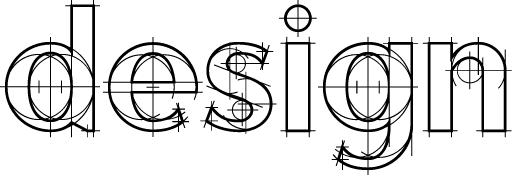
As you write, think about how the text will appear as a pattern on the page. The key thing to look out for – and avoid – is predictability. Always remember that writing promotional copy is very different from writing essays; formulaic writing suitable for work that has to be read in order to be assessed will not do here. An introduction, three or four dense paragraphs of copy, all of roughly the same length and number of sentences, followed by a conclusion, will most likely fail to engage the reader’s attention.
Essays have to be read in order to be marked; readers of promotional copy have a choice. Dense copy is off-putting, so break it up using bullet points, short paragraphs and subheadings. Try to vary the length of sentences and paragraphs so that the overall effect is enticing.
Keep the measure of the text (the width over which the text is spread, from left to right) on the narrow side, so that it can be read easily. Wide text measures tire the eye, and tired eyes stop reading. The same goes for other design techniques, which serve well in small quantities to attract attention, but can be very wearing if over-used. For example:
- Using too many CAPITAL LETTERS
- Reversing large amounts of solid text out of a colour (out of a photograph is even worse)
- Justifying text so that the blocks of copy appear solid
- Fitting text around photographs and illustrations so you end up with a ragged left-hand margin
- Making the typeface very small or very large
- Using too many typefaces
- Using clashing colours – for example, bright blue on a bright red background.
All of the above can work well when used in small quantities to attract attention, but have the opposite effect when over-used. They make the words difficult to read.
Extract from Marketing Your Book: An Author's Guide
Comments